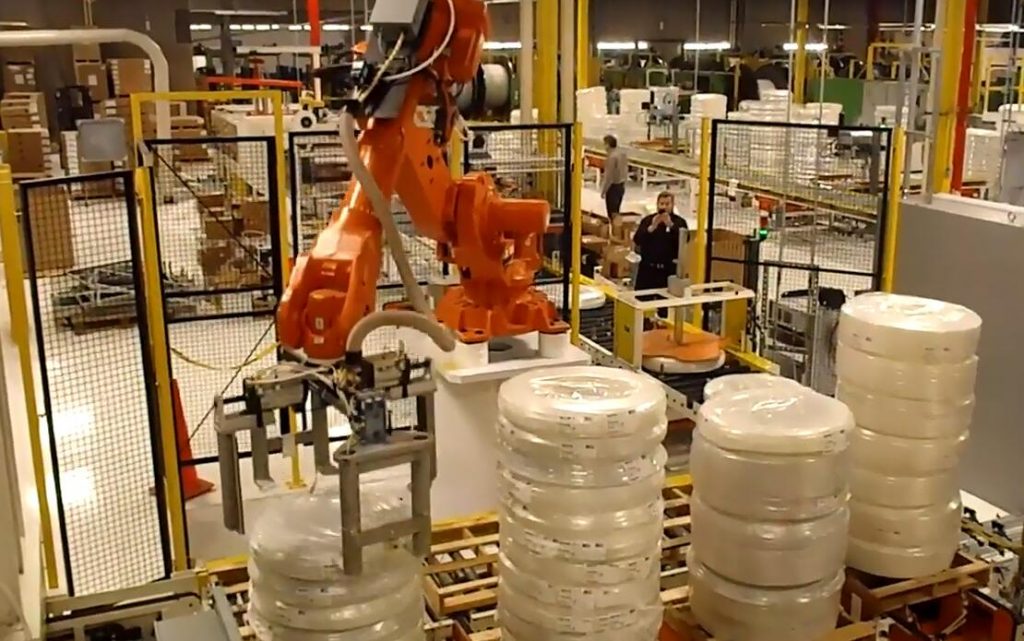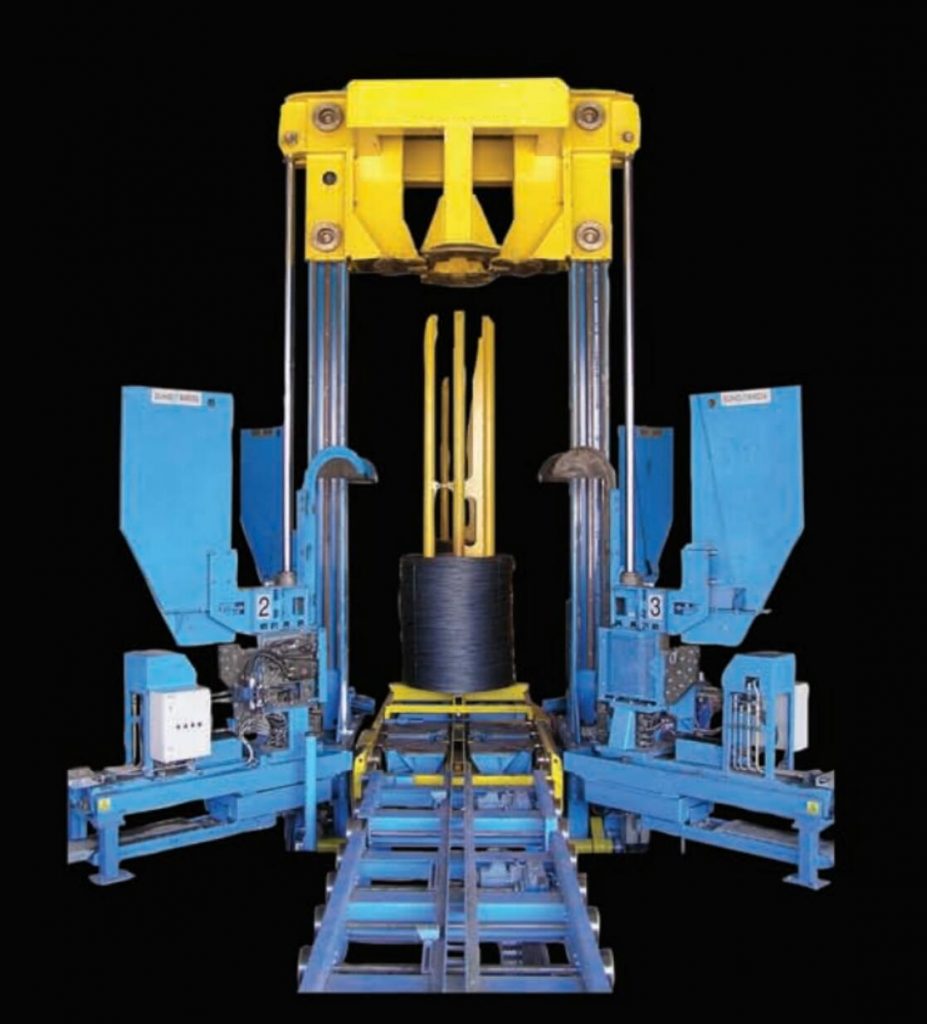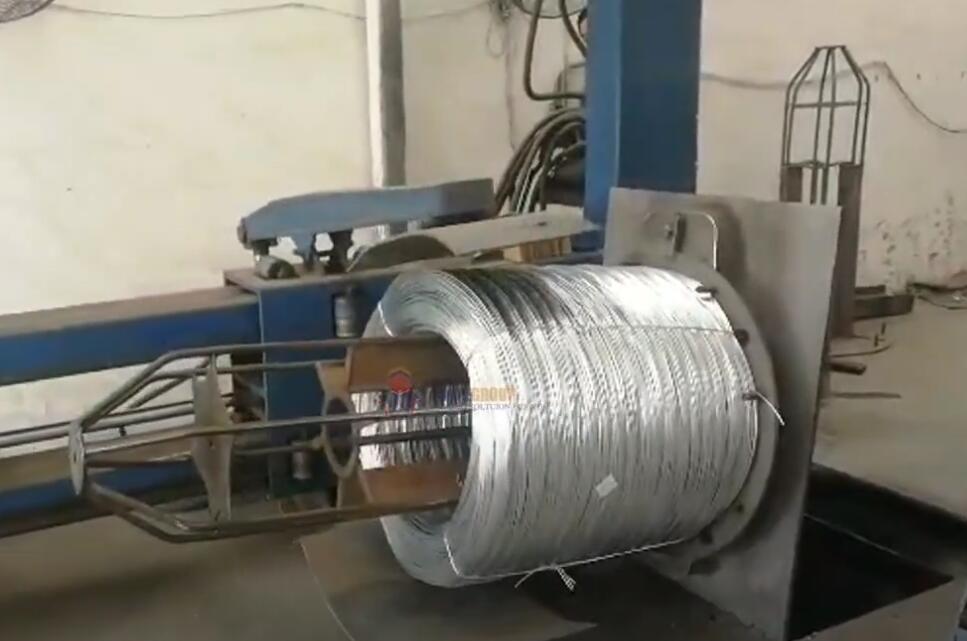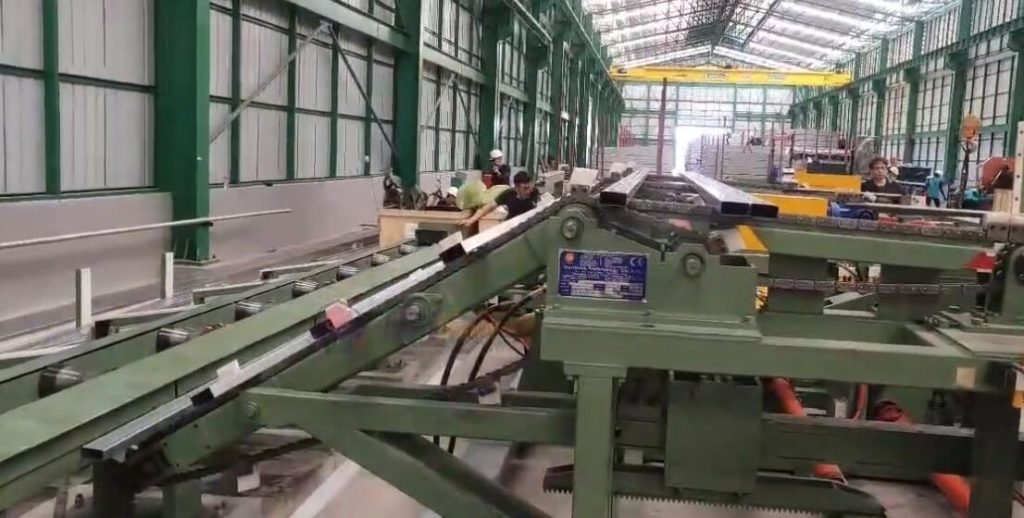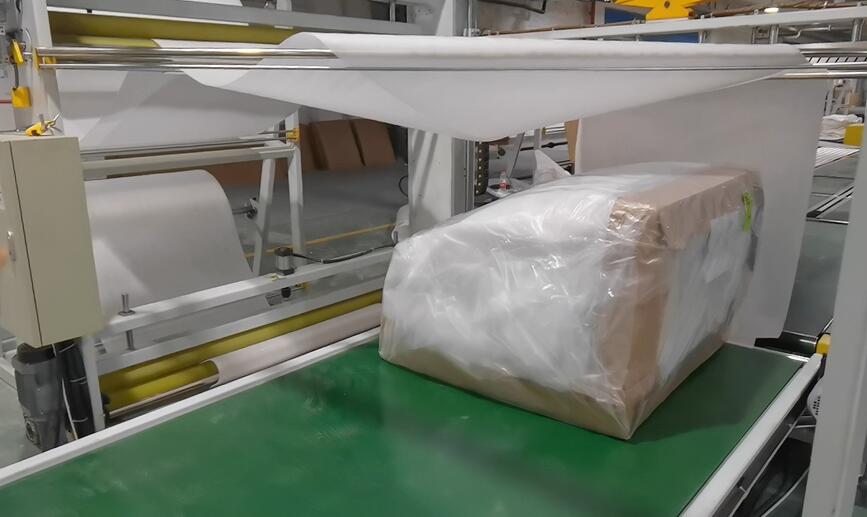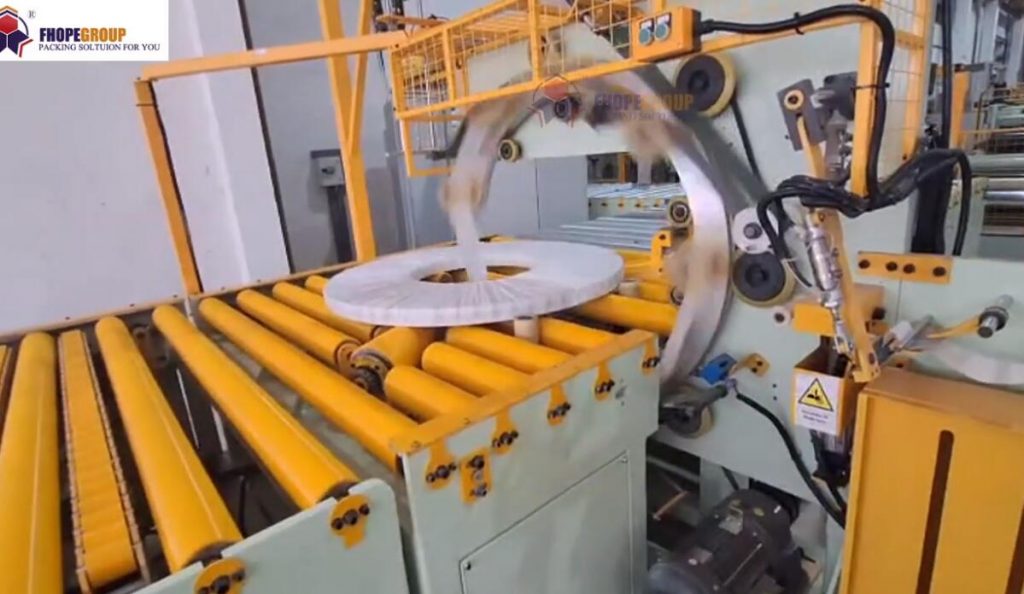This is a video for Steel coil manual packaging process.
The process of manually packaging steel coils involves a series of steps designed to safeguard and secure the coils during their storage and transportation. Initially, a layer of polyethylene (PE) film is applied to shield the steel surfaces from moisture, dust, and potential contaminants.
The steel coil manual packaging process involves a series of steps to ensure that steel coils are securely wrapped and protected against environmental elements such as moisture, dust, and mechanical damage during storage or transit. This process typically begins with the preparation of the coils and the materials used for wrapping, which usually include corrosion-resistant films and strapping materials.
- Preparation and Inspection:
Initially, the steel coils are thoroughly inspected for any surface imperfections or moisture. Any rust or residue is removed to ensure that the protective packaging will adhere properly and provide maximum protection. This step is crucial as it sets the foundation for effective packaging. - Application of Rust Preventive Oil:
A layer of rust preventive oil is applied to the surface of the steel coil. This helps in preventing rust and corrosion during storage or shipping, especially in moist or saline environments. The oil provides a protective barrier that inhibitates oxidation. - Wrapping with Protective Materials:
The steel coils are then manually wrapped with corrosion-resistant film, such as VCI (Vapor Corrosion Inhibitor) paper or plastic film. Workers typically use hand tools and manual techniques to wrap the coils, ensuring full coverage and overlap of the material to eliminate any exposure to air and moisture. - Strapping:
Once the coil is securely wrapped, steel or plastic strapping is applied to hold the wrapping materials in place. This step involves manually fitting straps around the coil, tightening them to a specified tension to ensure the coil remains intact and immobile during handling and transport. - Labeling and Final Inspection:
After strapping, the coils are labeled appropriately with information such as content, weight, destination, and handling instructions. A final inspection is conducted to ensure that the packaging is secure and meets all specified standards and requirements. Any adjustments needed are made at this stage to guarantee the safety and integrity of the coils.
Applications of Steel Coil Manual Packaging:
- Project Sites Requiring High Precision:
At construction or engineering project sites where precision materials are necessary, manually packaged steel coils ensure that detailed specifications are met. The manual process allows for custom handling and packaging techniques tailored to specific requirements, ensuring the structural integrity and dimensions of the steel remain unchanged. This precision is vital for critical applications like bridges or skyscrapers, where material quality can directly impact safety and durability. - Small Batch Shipments:
For smaller shipments or specialty steel products, manual packaging is often preferred due to its adaptability and cost-effectiveness for lower volumes. Each coil can be individually protected and prepared for shipment, which is particularly important when dealing with custom or non-standard sizes. - Custom Handling Procedures for Sensitive Locations:
In environments where mechanical packaging processes can pose risks such as in highly flammable areas or places with strict mechanical disturbance limitations, manual packaging provides a safer alternative. This process eliminates the need for machinery that could potentially cause sparks or use hazardous fuels, making it ideal for sensitive industrial conditions.
By manually packaging steel coils, businesses ensure the protection and quality preservation of their products through a highly adaptable and precise process, suitable for various conditions and requirements.
For more details, feel free to contact info@fhopepack.com.
